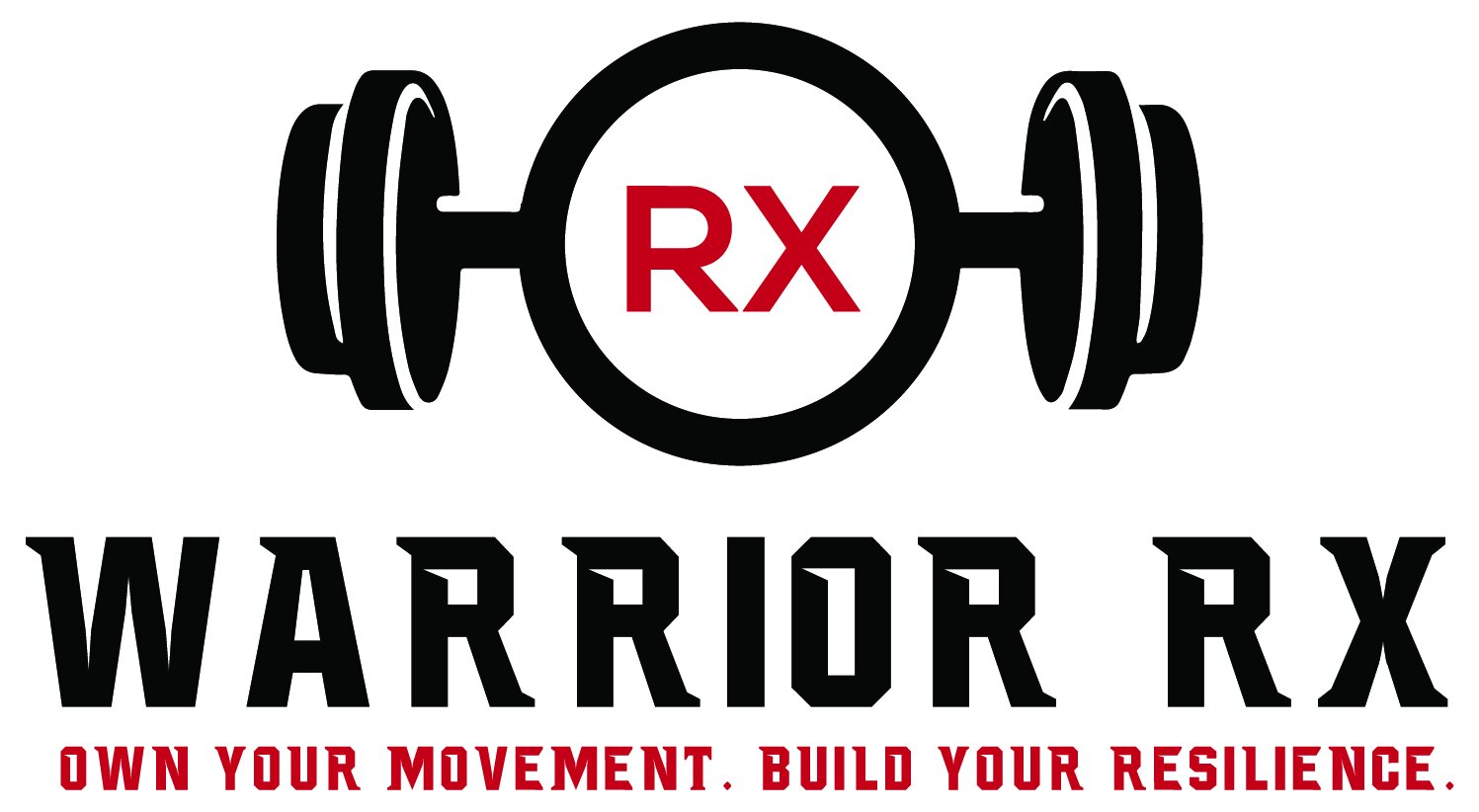Deadlifts are one of the best exercises for lower back pain rehabilitation.
Deadlifts are one of the most blamed exercises for causing lower back pain.
How can this be?
While the mobility demands of the deadlift are minimal, the lower back strength demands are high.
The deadlift is based around a hip hinge pattern meaning the knees are relatively straight as you push the hips back with a flat back resulting in an inclined torso position. Well, as you hinge forward the load on the lower back increases. When performed with proper technique the deadlift enhances spinal stiffness and strength making it more resilient.
Here are 2 baseline tests to assess your lower back strength and mobility for the deadlift.
Biering-Sorenson Test. Set your GHD such that the front of your hips/pelvis are resting on the pads. Arms across the chest and hold yourself horizontal for as long as possible.
Good Lower Back Strength: > 2 minutes
Active Straight Leg Raise. Lie on your back with your back flat to the floor and legs straight out in front of you. Keeping the knee straight lift one leg while keeping the other flat.
Good Hamstring mobility: > 80 degrees from the floor.
Didn’t pass these tests? This doesn’t mean you shouldn’t be deadlifting, but it may cue you in to some areas for improvement to optimize your set up and pulling performance, while minimizing your injury risk.
Pain with these tests? Pain with deadlifts? Want to optimize your deadlifting efficiency? Contact us to get started!

